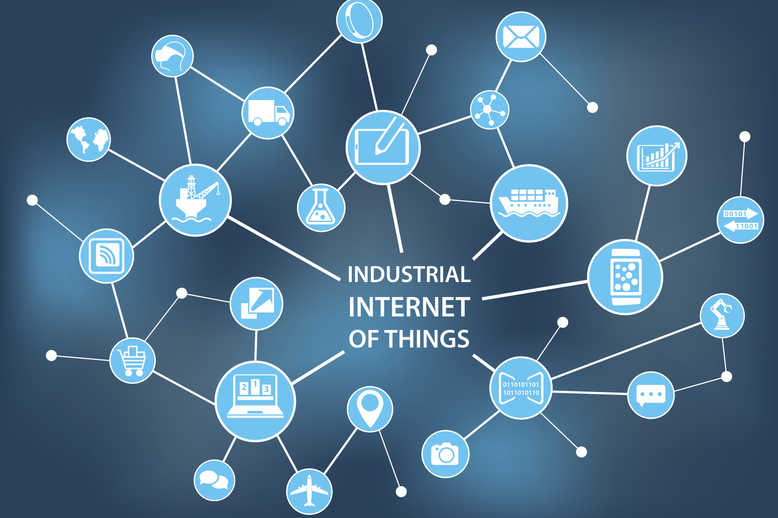
Artificial Intelligence
Artificial intelligence (AI) is defined as the theory and development of computer systems that can perform tasks that normally require human intelligence, such as visual perception, speech recognition, decision-making and translation between languages.
Edge Computing
The edge covers all the space between the core of the network and its endpoints—such as local servers—including infrastructure and devices. This also includes important network gateways that aggregate data and perform preliminary analytics before it is sent to the core for further processing.
Ambient Computing
The combination and evolution of voice and gesture interfaces, speech recognition, IoT, cloud computing, wearable computing, the quantified self, augmented reality, AI and machine learning. Ambient computing devices operate invisibly in the background.
Machine Learning
Machine learning is an application of AI that provides systems the ability to automatically learn and improve from experience without being explicitly programmed. Machine learning focuses on the development of computer programs that can access data and use it to learn for themselves.
3D Printing
Three-dimensional (3D) printing is defined by the American Society for Testing and Materials F42 committee as the fabrication of objects through the deposition of a material using a print head, nozzle or other printer technology. This process uses materials such as paper-thin layers of special foundry grade sand and a specifically engineered binder to create foundry mold components.
Business Intelligence
The term business intelligence (BI) refers to technologies, applications and practices for the collection, integration, analysis and presentation of business information. The purpose of business intelligence is to support better business decision-making.
Digital Twin
A digital twin, or virtual doppelganger, is a 3D digital representation of a smart-enabled physical equipment asset and serves as a window into how that asset is functioning.
IIoT
The industrial internet of things (IIoT) is a technological overhaul that has created innovative technologies to enhance and reshape industrial processes, offering longer equipment life, increased return on investment and improved safety on the plant floor. IoT is a network of smart devices, including sensor networks. Through IoT, a user can operate a pump with their cellphone or tablet away from the plant. There can be cybersecurity risks.
Smart Pumping
Smart pumping uses computer technology and sensors to operate, control and protect pumps and their systems. Smart pumping technology offers early detection and real-time diagnostic processes to troubleshoot equipment failures and unusual operating conditions. Smart pumping begins in the plant’s design phase by understanding what the pumping system is required to do, configuring the system to achieve those design requirements, and sizing and selecting the equipment to operate at their best efficiency in steady state conditions.
Motion Amplification
Motion amplification is a video-processing method that detects subtle motion and amplifies it to a level visible to the naked eye. Common issues such as misalignment, imbalance and looseness are diagnosed with motion amplification. Other issues such as structural cracks, resonance and soft foot can also be easily diagnosed with motion amplification. Additional uses include mechanical seals, metal press applications, pumps and assets behind glass.
ECM
Electronically commutated motor technology is a smart pump technology that is emerging more in the commercial buildings and HVAC markets.
(Sources: computerworld.com, expertsystem.com, olap.com and Pumps & Systems)
Did we miss any terms that you would like to see defined? Please email us: pumpeditors@cahabamedia.com.

